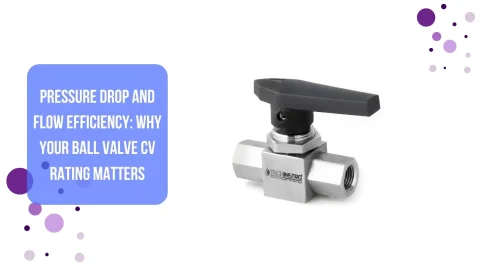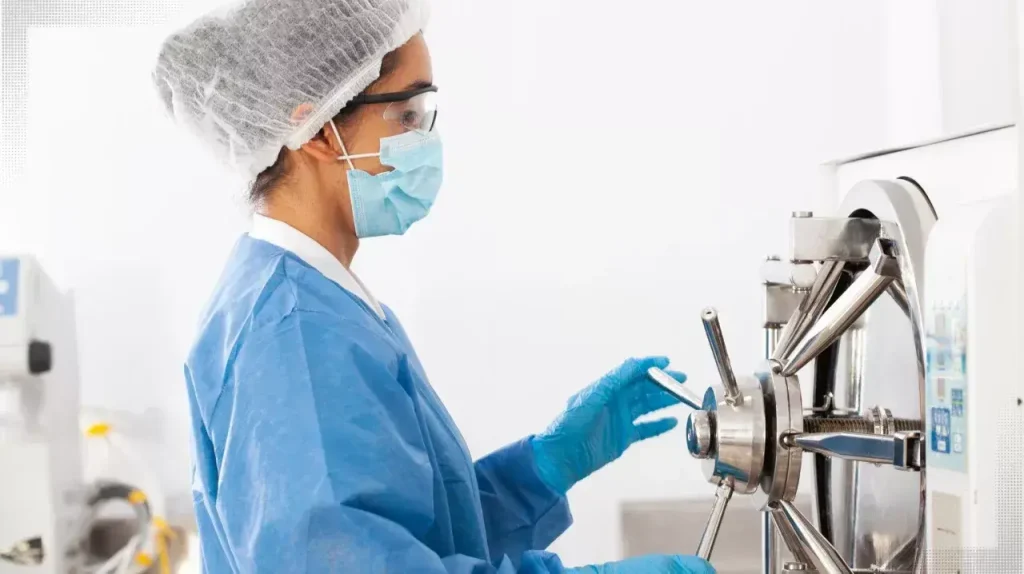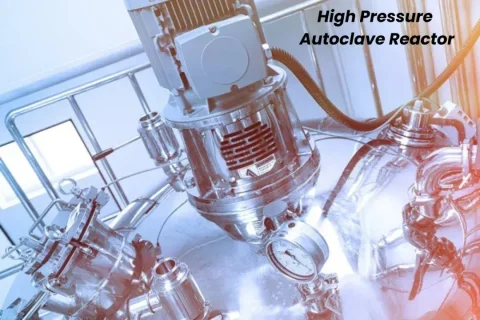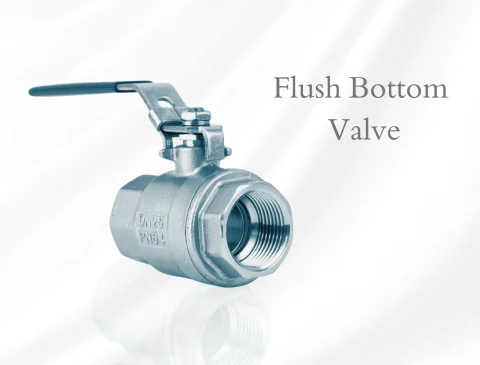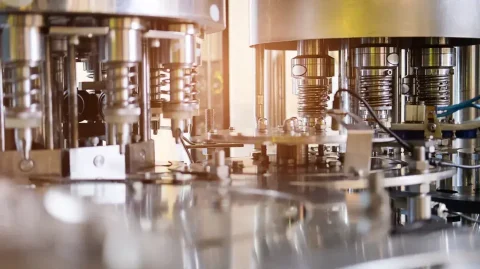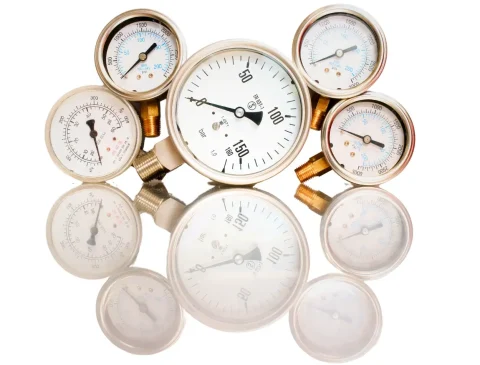In the quest for sustainable energy and materials, scientists and engineers are turning to innovative methods to harness the potential of biomass and organic matter derived from plants and waste. Among these methods, hydrothermal processing stands out as a promising technique, and at its heart lies a vital tool: the hydrothermal autoclave.
What is Biomass?
Before diving into hydrothermal autoclaves, let’s understand biomass. Biomass can be anything from agricultural residues like corn stalks to organic waste like food scraps. It’s renewable and abundant, making it an attractive energy and material production resource.
The Hydrothermal Process
Hydrothermal processing involves subjecting biomass to high temperatures and pressure in the presence of water. This controlled environment triggers chemical reactions that transform biomass into valuable products such as biofuels, biochemicals, and solid biochar for soil improvement.
Enter the Hydrothermal Autoclave
The hydrothermal autoclave is at the core of hydrothermal processing. Think of it as a high-tech pressure cooker, but instead of cooking food, it cooks biomass. The autoclave is a strong, sealed vessel capable of withstanding high pressures and temperatures.
How Does it Work?
The process begins by loading biomass and water into the autoclave. Then, it’s sealed tightly, raising the internal temperature and pressure. As the temperature climbs, water becomes supercritical – it behaves both like a liquid and a gas. This unique state enhances the breakdown of biomass components into simpler compounds.
Benefits of Hydrothermal Autoclaves
- Efficiency: The controlled conditions in the autoclave enable rapid and thorough biomass processing.
- Versatility: It can handle various types of biomass, from wood chips to sewage sludge.
- Environmental Friendliness: Hydrothermal processing produces fewer harmful emissions than traditional methods like incineration.
- Resource Recovery: Valuable by-products such as biofuels and biochemicals can be extracted from the processed biomass.
- Waste Reduction: It offers a solution for converting organic waste into valuable products, reducing landfill burden.
Applications
Hydrothermal autoclaves find applications across diverse sectors:
- Biofuel Production: Converting biomass into biofuels like biodiesel and bioethanol.
- Biorefineries: Producing a range of biochemicals for industrial use.
- Waste Management: Processing organic waste to mitigate environmental impact.
- Soil Amendment: Producing biochar, a stable form of carbon, for enhancing soil fertility.
Challenges and Future Outlook
While hydrothermal autoclaves hold immense potential, challenges such as scalability and cost-effectiveness remain. Researchers continuously refine processes and materials to make hydrothermal processing more economically viable and widely applicable.
Conclusion
In the pursuit of sustainable solutions, hydrothermal autoclaves emerge as indispensable tools for converting biomass into valuable resources. Their ability to unlock biomass’s potential in an efficient and environmentally friendly manner positions them at the forefront of renewable energy and materials research.
As technology advances and awareness grows, hydrothermal autoclaves can play an increasingly significant role in shaping a greener, more sustainable future.
These autoclaves are more than just vessels; they are drivers of change, pushing us toward a future where waste is transformed into a resource and sustainability is the norm.
To buy Hydrothermal Autoclaves, please follow the links below.
1.Shilpent
